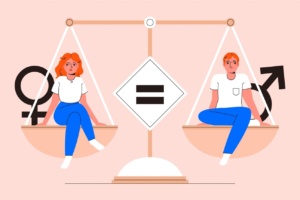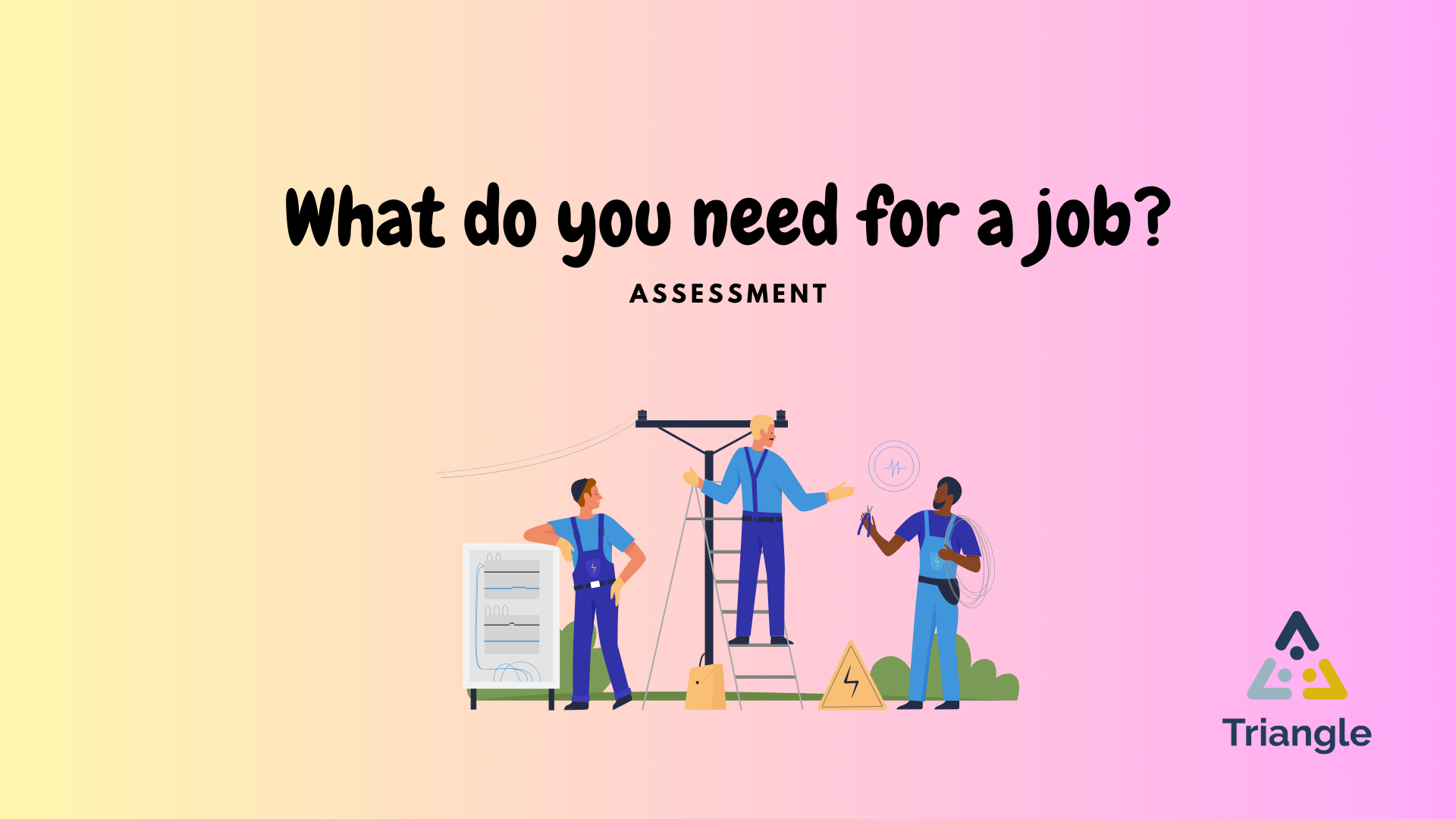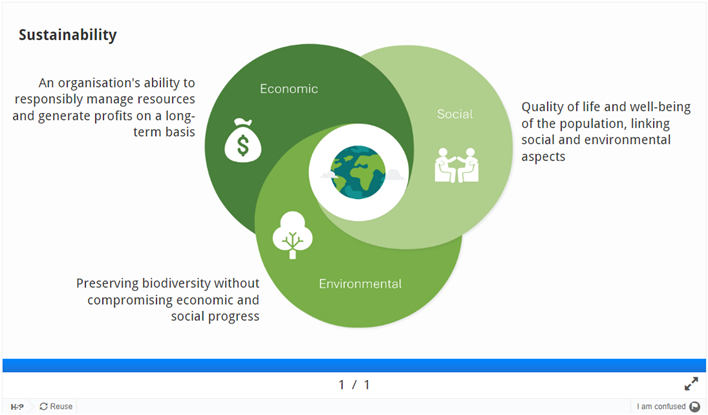Gender equality entails that men and women should be equal in rights, opportunities and responsibilities. Equality does not mean that they are equal, but instead that their rights, opportunities and responsibilities do not depend on whether they were born male or female.
In this sense, all citizens, regardless of their sex, their gender identity or expression, their sexual characteristics, their racial or ethnic origin, their age, their religion or belief, or any disability, should be able to follow the path they choose in life and have the same opportunities to thrive, participate and lead.
Would you like to know more about gender equality? Check out the links:
Gender stereotypes
What gender immediately comes to your mind when you think of a particular job, sport, toy or even colour?
Well, gender stereotypes are deeply rooted in our culture and are the main cause of gender inequalities. We’re often not aware of them, but they affect each and every one of us! Gender stereotypes can limit our abilities and our aspirations to choose a particular field of study or area of training, pursue a particular professional career, or even make simple choices, such as hobbies.
Another thing… Did you know that stereotypes can have an even greater impact on certain people? People who have a disability or come from an ethnic minority, for example, can face multiple stereotypes.
Each person has different identities and, at their intersections, may face unique experiences of discrimination. Gender stereotypes limit everyone’s freedom and that’s why it’s so important to question them!
Gender-based violence
Gender-based violence refers to violence committed against a person because of their gender, gender identity or gender expression; or violence that disproportionately affects people of a particular gender. It is understood as a violation of human rights and concerns all acts that result or are likely to result in: physical, psychological, or sexual harm or economic damage.
Gender-based violence can take place in different contexts, private and/or public, and can be perpetrated by different agents, individuals or institutions, as a result of discriminatory laws and policies, affecting people from different cultures, ages and socio-economic backgrounds.
Intersectionality and Multiple Discrimination
Multiple discrimination is a combination of discriminatory actions against a person because of their sex, ethnic or racial origin, religion or belief, disability, age, sexual orientation, gender identity or other characteristics. It refers to discrimination suffered by people who have these characteristics (or are considered to have them).
Intersectionality, in turn, refers to how sex and gender interact with other personal characteristics/identities and how these interactions contribute to unique experiences of discrimination. An intersectional analysis aims to expose the different types of intersectional discrimination, as well as the multiple disadvantages that result from the combination of identities and the intersection of sex and gender with other reasons.
Do you want to test your knowledge? Rate the statements as true or false:








